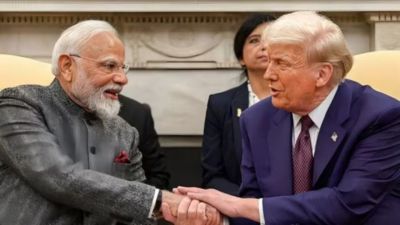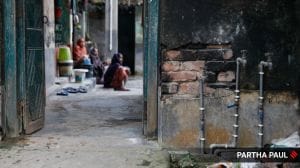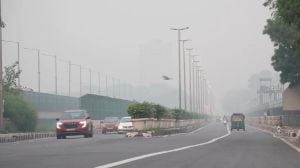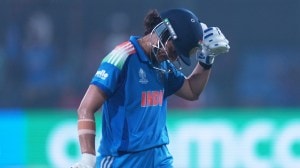Two years ago, a 64-year-old general surgeon in Pune complained of backache and was diagnosed with an advanced stage of prostate cancer that had already spread to his spine. Yet he had no early symptoms like difficulty in passing urine. Many Indian men, like him, are being diagnosed in late stages and succumbing to the disease, says a latest Lancet Commission paper, which has projected prostate cancer incidence in India to surge sharply by 2040.

“A large proportion of patients in India are diagnosed in advanced stages which means that the cancer has spread at the time of diagnosis. As a result, about 65 per cent (18,000-20,000) patients die of their disease,” says Dr Vedang Murthy, Professor, Department of Radiation Oncology and Convenor, Uro-Oncology Disease Management Group at Tata Memorial Centre, who is among the authors of the Lancet Commission on Prostate Cancer.
Story continues below this ad
As per the Lancet Commission report, cases of prostate cancer are projected to double from 1.4 million per year in 2020 to 2.9 million per year by 2040 worldwide, with low and middle-income countries predicted to see the highest increase. The findings will be presented at the European Association of Urology Congress on April 6. Globally, prostate cancer accounted for around 3,75,000 deaths worldwide in 2020, making it the fifth leading cause of cancer death among men.
This surge can be prevented, according to Dr Murthy, provided all men over 60 get tested early with the same rigour that women are advised for breast screenings after 40. This will pick up the cancer at a treatable stage than men who consult a doctor when it’s too late. “Early detection and education programmes will help save lives,” writes Professor Nick James, lead author of the Commission, Professor of Prostate and Bladder Cancer Research at the Institute of Cancer Research, London.
WHY ARE CANCER CASES RISING IN INDIA?
Ageing populations and increasing life expectancy mean there will be higher numbers of older men in the coming years. “Also rampant corporate health checkups that include a Prostate-Specific Antigen (PSA) test, which measures protein produced by both cancerous and benign tissue in the prostate glands, is pushing up numbers,” Dr Murthy says. The main risk factors are age and genetics, which, according to him, are aggravated by additional factors like smoking, obesity, a poor diet and lifestyle.
 Why are prostate cancer cases rising in India?
Why are prostate cancer cases rising in India?
WHY EARLY AWARENESS AND DETECTION ARE IMPORTANT
Story continues below this ad
Prostate cancer may cause no signs or symptoms in the early stages and it is only in the advanced stages that patients report symptoms like trouble urinating, bone pain, blood in the semen or urine and others. “You may manage your lifestyle but early screening in Indian men, especially those above 60 years, is required. While general screening of the population is not recommended, older men with symptoms or prostate enlargement like frequent and night-time urination, weak urine stream and pain or blood in the urine should seek medical attention and have a PSA blood test done. This simple and inexpensive blood test is widely and easily available even in smaller towns,” says Dr Murthy.
The UK has tried affordable pop-up clinics and mobile testing with Man Vans, which provide free health checks — including PSA tests — to high-risk men in London aged 45 and over.
Dr Kamlesh Bokil, a noted surgical oncologist in Pune, suggests taking a digital rectal examination too. “The enlarged gland stops the urine flow. The urine accumulates in the bladder. It is like a flush tank where there is dribbling of urine but it is still accumulated in the bladder by almost 1 to 1.5 litres,” he adds. The Lancet authors have recommended use of MRI scans and PSA tests to screen men at high risk of prostate cancer in high-income countries.
MATCH DIAGNOSIS WITH EXPANDING THERAPIES
The WHO recommends one megavoltage radiotherapy unit per million people. To meet this recommendation, India would need an additional 600 or so units to ensure that the 800,000 people with cancer who require radiotherapy each year can be adequately treated. Access to radiotherapy has increased but mostly in urban areas. Coverage of modern radiotherapy treatments within government health schemes has improved but the poorest sections have little access even to palliative radiotherapy, the Lancet Commission authors have said.
Story continues below this ad
Opioid use for pain relief in late stages is another challenge. In 1985, the Indian Government adopted stringent legislation to regulate narcotic misuse and trafficking. As a result, medical use of morphine decreased by 97 per cent, which severely limits access for pain management. An amendment to the Narcotic Drugs and Psychotropic Substance Act in 2014 improved opioid access, but there is a lag in implementation across the country.



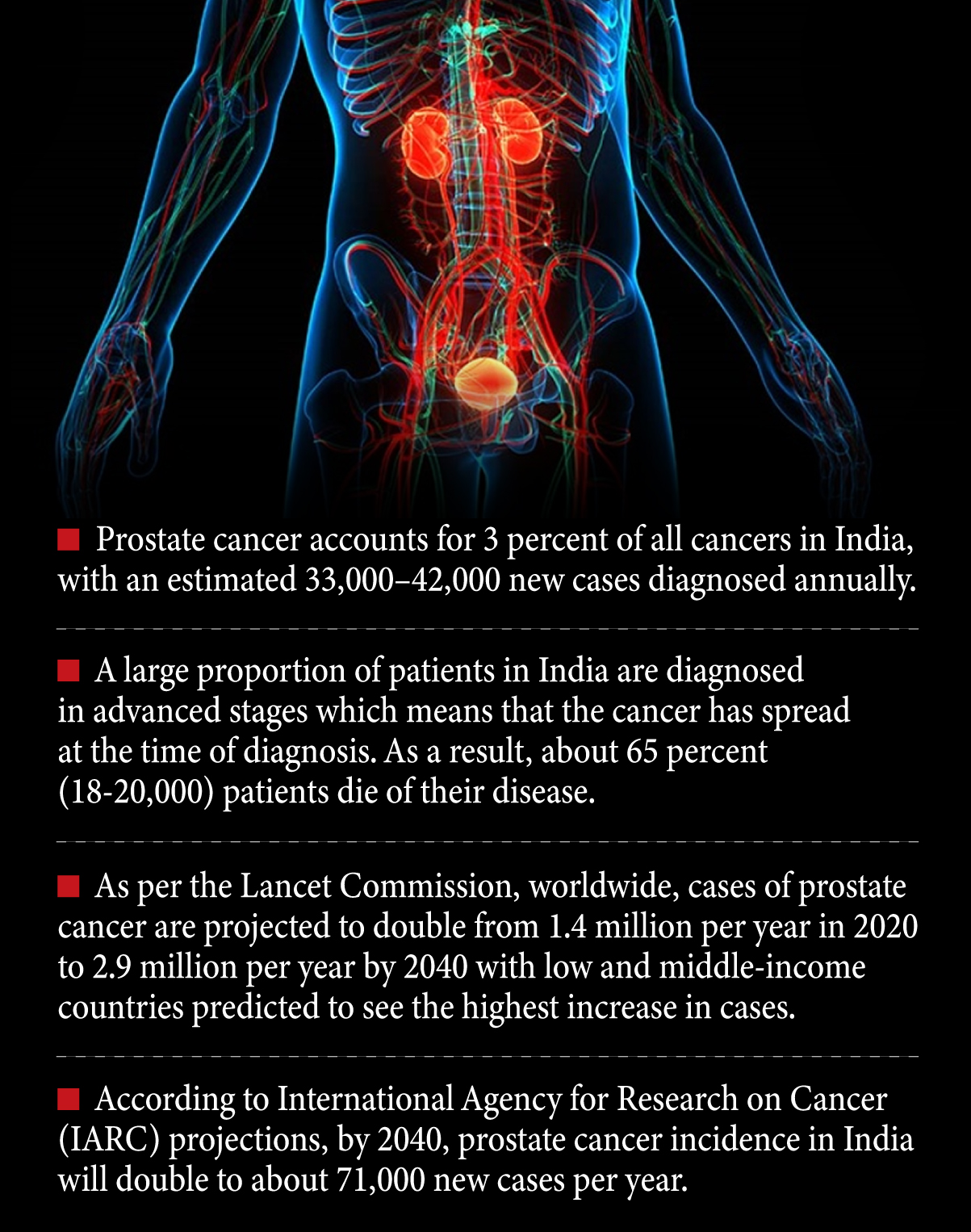 Why are prostate cancer cases rising in India?
Why are prostate cancer cases rising in India?
